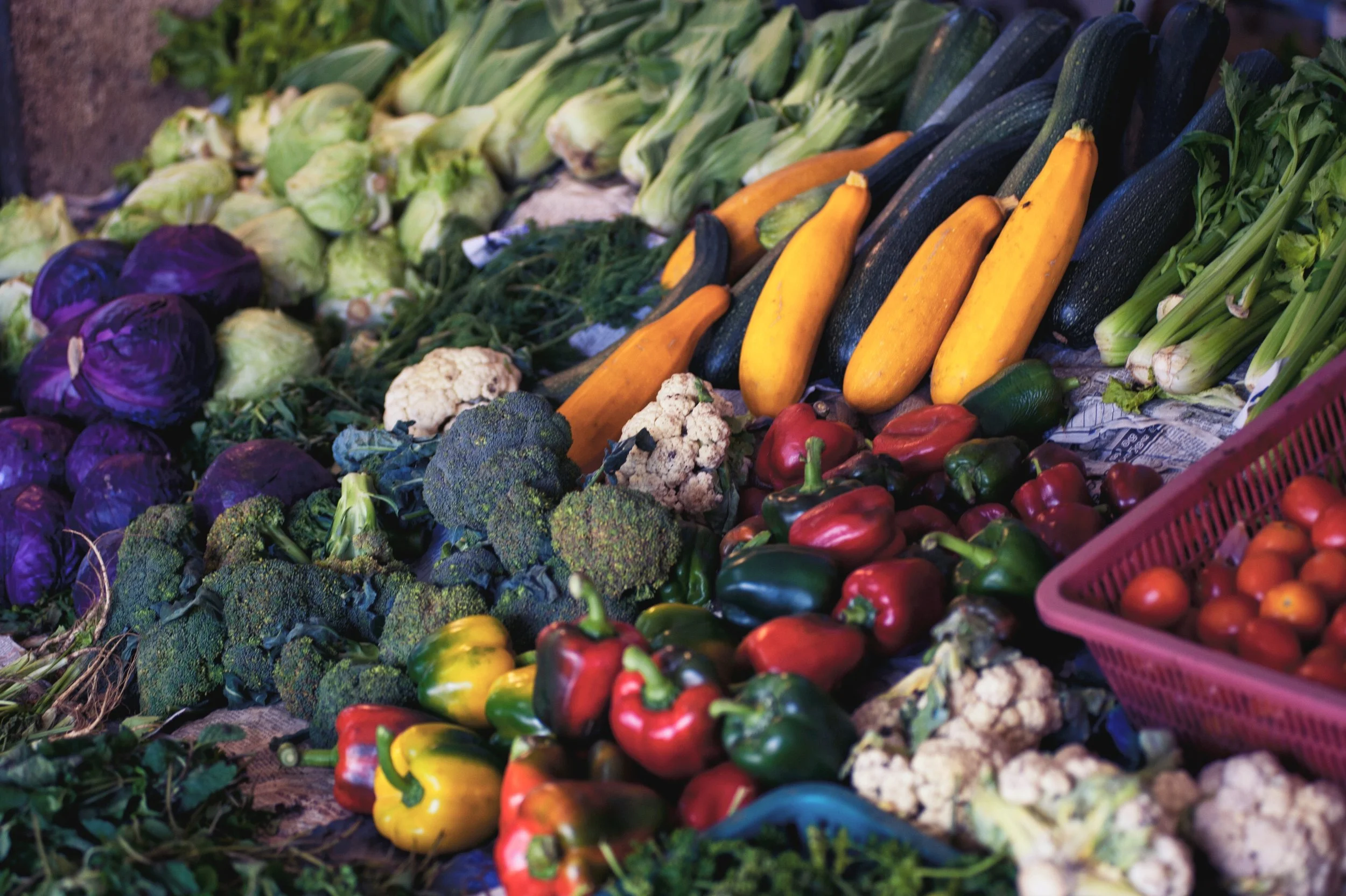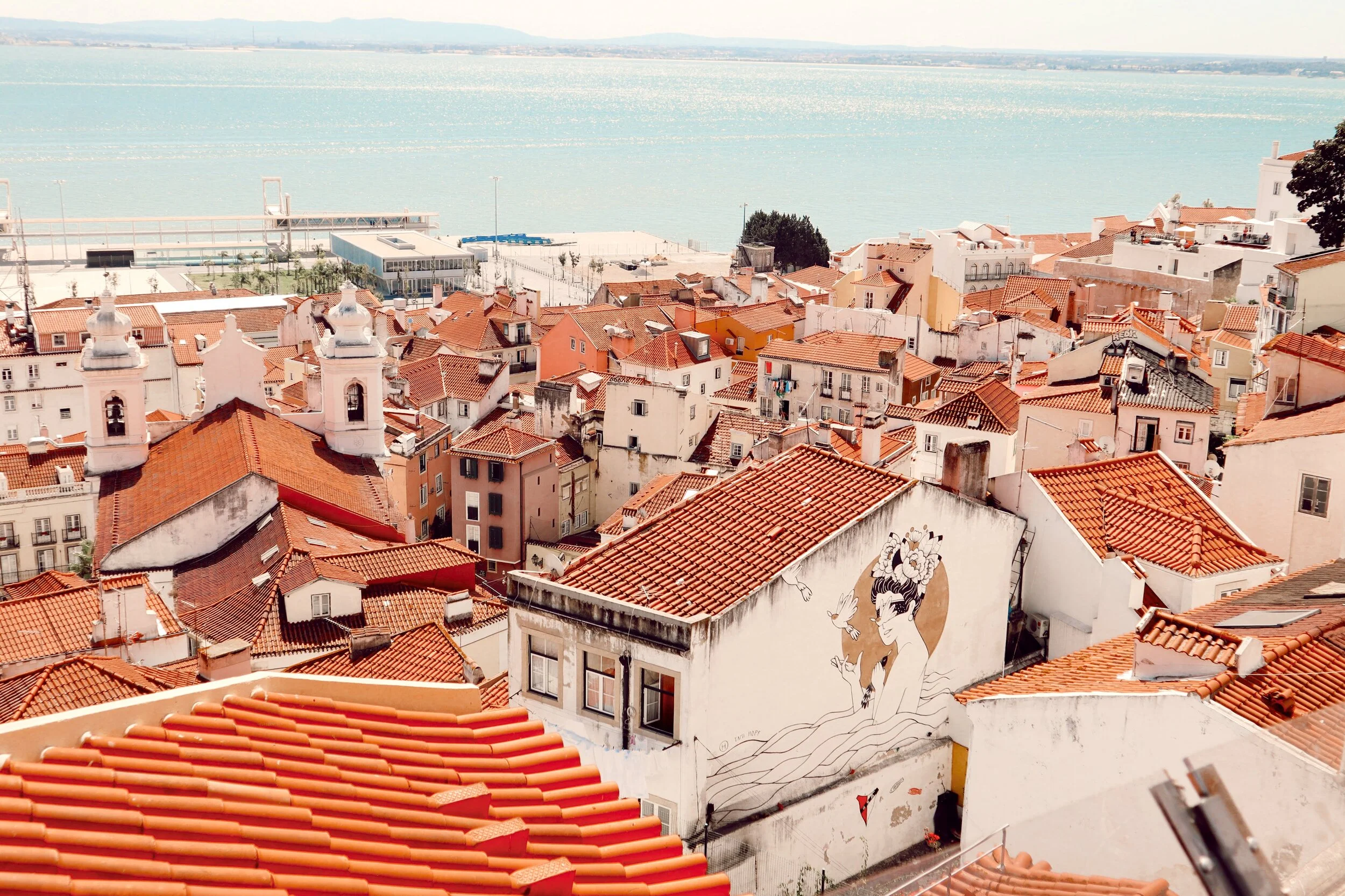I was recently in Portugal and visited the capital city of Lisbon and the famed Algarve, which is located on the southern coast of the country. The cuisine in Lisbon centers around seafood, which comes as no surprise as Lisbon sits at the mouth of the Tagus River and the Atlantic Ocean! This city is also well-known for its delectable cheese and wine, and, of course, the famous pasteis de nata – the egg custard tarts. Let’s take a look at some of the popular dishes to eat and what to drink while in Portugal!
Fish and Seafood
Seafood in Lisbon is often served grilled over charcoal, and the locals swear by fish such as cherne (wreckfish), garoupa (grouper), and salmonetes (red mullet). The percebes is gooseneck barnacles that remind me of dinosaur claws – go for this if you’re feeling adventurous! Along with the grilled fish, you will find a regular trio of accompaniments such as rice, potatoes and salad. Some of the specialties you may come across are dishes such as crispy suckling pig, sardines on the barbecue, a slow-cooked ragout of wild boar, all example of earthy dishes that you can expect when in Portugal. If you are in Lisbon, Porto or the Algarve or even the wine regions such as the Douro, you will find a variety of international dishes as well as fusion Portuguese creations. I didn’t see too many ethnic restaurants such as Chinese or Indian, however I did see a ton of fast-food joints in shopping malls. Portuguese spices include the simple yet flavorful olive oil, garlic and lemon for grilled and roasted foods, while coriander, cumin and paprika are also used in cooking other dishes.
Meat
Popular comfort food includes dried and salted codfish that is traditionally pan-fried with finely sliced potatoes and scrambled eggs, garnished with olives and parsley. Lulas recheadas a lisbonense is stuffed squid and is known to be Lisbon’s signature dish. It is stuffed with a stir-fried mixture of sausage, garlic, onions and then baked.
You will also find beef, chicken and pork on most menus, and if you love steaks, chops, ribs etc, you’re in luck in Portugal! The porco preto is a delicacy, from the black Alentejan pigs, which exhibit a sweet flavor as they are fed on acorns. presunto is Portugal’s version of Parma ham, preserved in sea salt and cured for months or even years in some cases. Barbecued meat is quite popular and grilled chicken is accompanied by the spicy piri-piri sauce. Porca a alentejana is pork cooked with clams and this is a dish, as the name suggests, that originated in the Alentejo.
Sausages or alheiras are made from bread and chicken and the best sausages are said to come from Mirandela in the north and you can ask for grilled or steamed ones. The tripe dishes in Portugal often incorporate beans and spices but the most popular part of this dish is the chopped stomach-lining. Words such as sarrabulho and cabidela indicate the presence of pig’s or chicken’s blood being used as a base in some of the dishes.
Vegetables
Vegetables in Portugal consist mainly of potatoes which can be either fried or roasted. I’ve also had boiled potatoes with fish for example in many restaurants. Most dishes will also come with rice and salad. Some places will also offer vegetables such as carrots, broccoli and cabbage, typically boiled with very little seasoning. Salads consist of lettuce, tomatoes and onions.
Breakfast and Snacks
Breakfast in Portugal can consist of pastries, cakes, croissants or brioche found in a pastelaria. Classic snacks involve meat and cheese filled pastries. Croquetes for example are deep fried meat patties, bolinhos de bacalhau are salt-cod fishcakes, iscas de bacalhau is battered cod fishcakes with egg, bifanas is a grilled or fried pork sandwhich and prego no pao is a steak sandwhich. Petiscos is Portugal’s version of tapas. Tapas in Portugal mostly means olives, some cheese or small fried fish dishes like snails or octopus salad and then the orelhas de porco or the crunchy pig’s ears.
Lunch
Most restaurants will offer a dish of the day for lunch which is often cheaper than choosing something from the menu. You will also find the portion sizes are pretty generous. Lunch is usually served between noon and 3pm, dinner from 7:30pm onwards. In typical Portuguese restaurants, bread and butter will be brought out in the beginning and it is up to you to say no as you will be charged for this.
Dessert
So what do the Portuguese eat for dessert? Typically this is nothing more than a fruit salad, some ice cream, chocolate mousse or house dessert which is made out of sugar, cream and egg.
Cafes and pastry shops will carry buns, rolls, the custard tarts and the sweet egg-based ovos moles wrapped in wafers. Fruit could be strawberries, cherries, melons, peaches, apricots in the summer. Citrus fruits, pomegranates and the persimmon are common in winter. Bananas and pineapples are also popular in the Azores and throughout Portugal.
What to drink when in Portugal
Portuguese wine has started gaining popularity across the world and you will often see locals enjoying an Alentejo red with meat or a glass of Vinho Verde on an especially scorching day. Portugal’s wine regions are Alentejo, Bairrada, Dao, and the Douro. Most wines tend to be made in small cooperatives with local grapes. Wine lists in Portugal don’t just distinguish between red, white and rose but also between “green” (meaning young, acidic and sparkling) and “mature.” Some of the best-known mature wines are from the Douro region, red wines tend to come from the Dao region, and the Alentejo is gaining a growing reputation for wines as well. Portugal is also known for its range of sparkling wines known as espumantes naturais. These tend to come from Coimbra and a little further north.
Porto, the famous fortified wine is produced from grapes grown in the vineyards of the Douro valley and stored in wine lodges across the region. A visit to this area must include wine tours and free tastings. Madeira comes from the island of the same name and consists of four main varities of wine. Domestic brandy and gin are quite inexpensive in Portugal. Local firewater or aguardente is made from honey and the strawberry tree which tastes a bit like schnapps and is common in the Algarve. The main beer (cerveja) is Sagres and you will also see brands such as Cristal and Cintra.
Portuguese coffee can be ordered in a variety of ways, a simple coffee for example is small, black and strong, often like an espresso. The Portuguese also drink espresso-sized coffee with milk. Tea can be served black, or with lemon and herbal teas such as Camomile etc are also available.
We didn’t talk much about cheeses yet, but a visit to Lisbon must include the Azeitao cheese, a specialty cheese that can only be produced in the town with the same name, around 30 miles east of Lisbon. It’s a creamy, rich-smelling cheese prepared from unpasteurized sheep’s milk and delicious with wine and crackers.
Overall, I am not a heavy meat eater but I did find plenty of fish dishes to keep me happy in Portugal. If you enjoy meat, you will be very happy traveling through this country as some of the most heartiest meat dishes can be found in this region.




















Known by frequent travelers as one of the best budget cities in Europe, Lisbon is famous for its food, accommodation, and entertainment. As the city has endless things for you to do and see, making decisions on where to start can be quite overwhelming. Here are 10 experiences we recommend adding to your Lisbon bucket list: